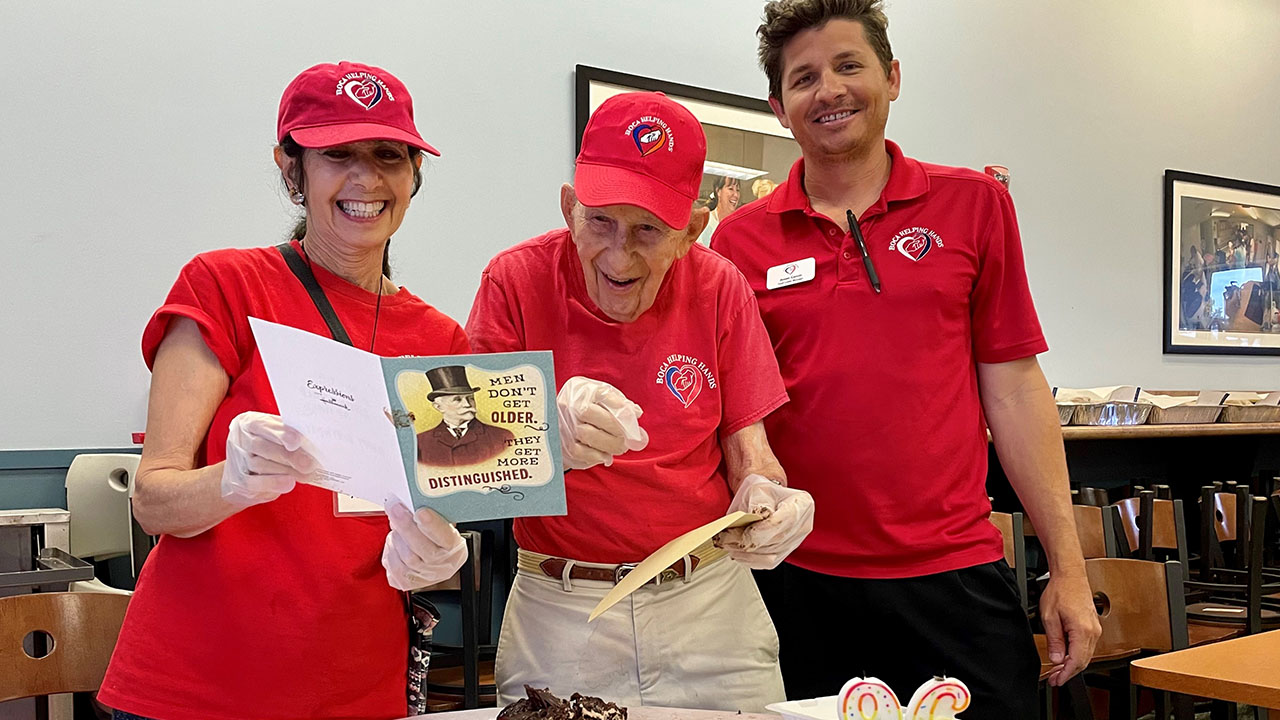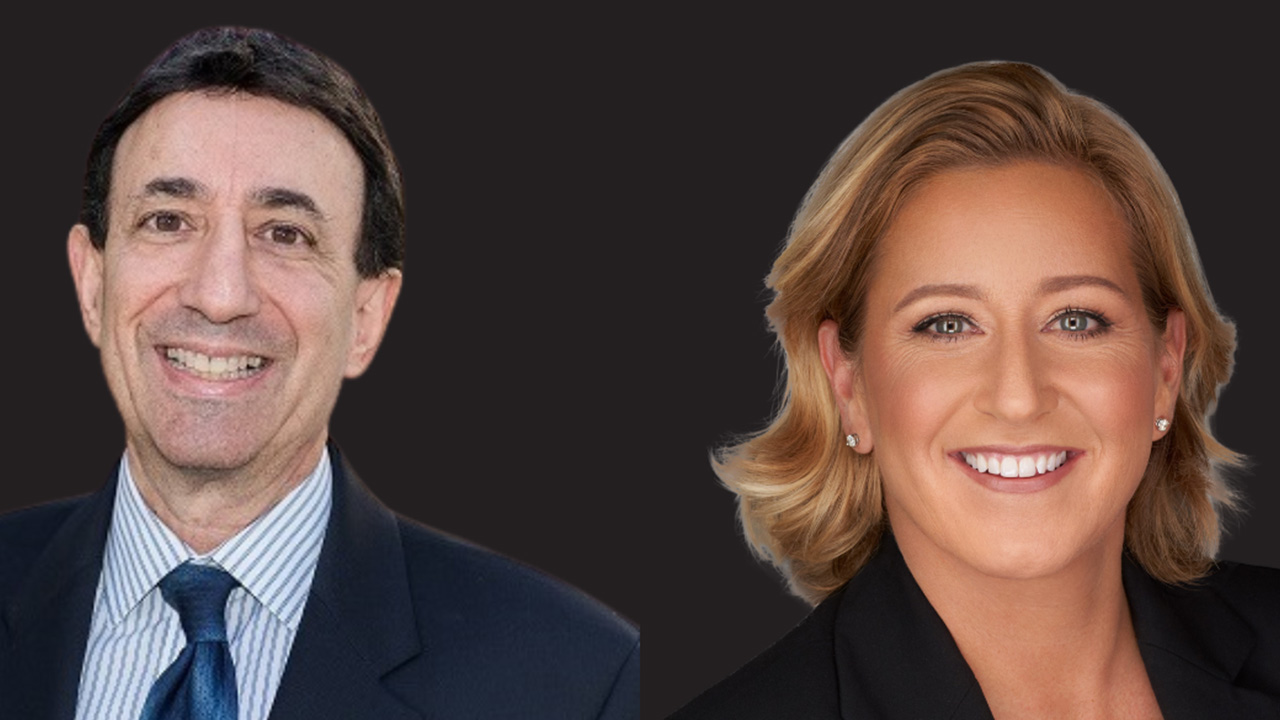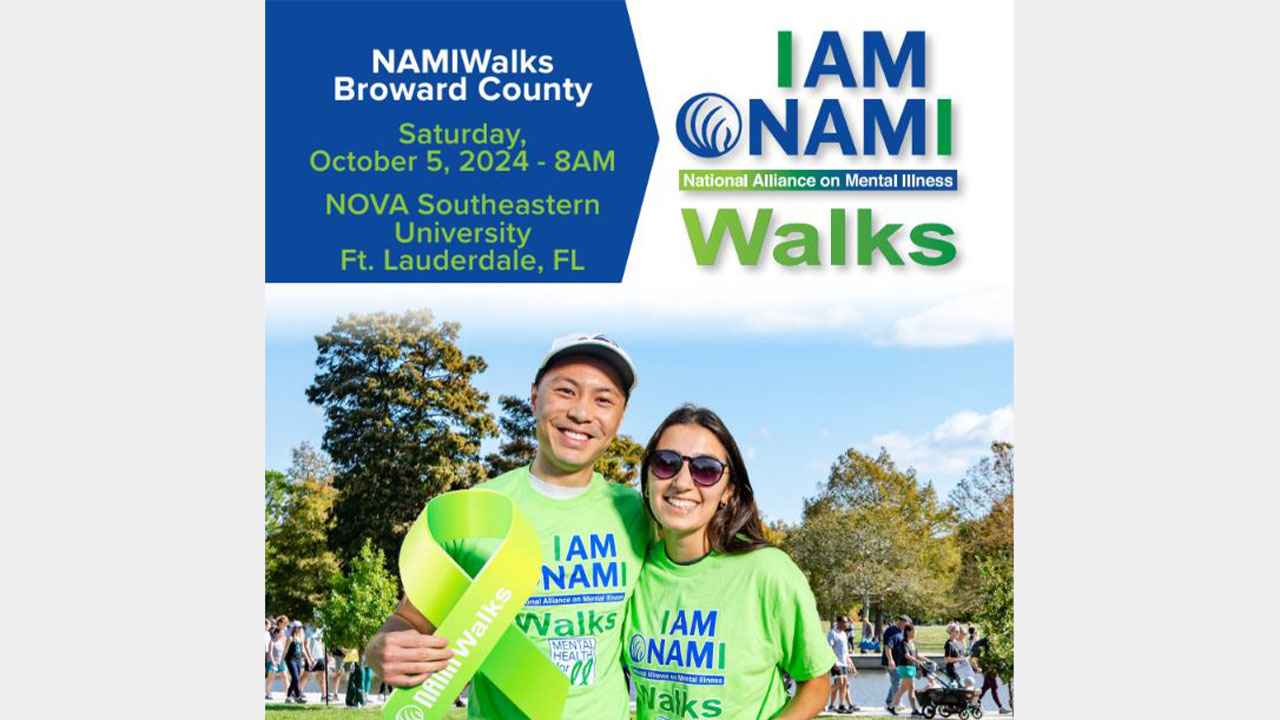Jim Swift’s Cortera helps customers make the right business decisions
By ARNIE ROSENBERG | Photography by Larry Wood
As a kid, Jim Swift and his friends played a game as they walked to and from school each day. Watching how many trucks were coming and going from the manufacturing plants, and what kinds of trucks they were, they tried to guess how each business was doing.
Some things haven’t changed.
As CEO of Cortera, Swift still is aggregating information, analyzing it and developing business intelligence for customers with more data and depth than your everyday Dun & Bradstreet report.
“If I know what companies buy and how it’s changing over time, it’s a real useful fact to help understand what they do and if they’re growing and whether they’re reputable,” he says. “If you’ve got five times more trucks leaving your docks in the afternoon than you did a year ago, you’re probably selling more stuff.”
Swift, 51, admits to an obsession with crunching numbers. A self-described sports geek growing up, he was absorbed in player statistics, baseball cards and box scores—“before data was digitized,” he says. He came to South Florida in 1999 to join Seisint, a startup aimed at providing better information to companies.
At the time, that was easier said than done. Technology still was way too slow and way too expensive, Swift remembers. But the tech-savvy company found solutions to those stumbling blocks.
“I saw the need from early in my career,” Swift says. “In the early ’90s, it was clear what was possible with consumer analytics if you had the right data, and I saw the massive need for information about companies. It’s a matter of supply and demand. If I’m demanding more, faster intelligence about stuff, I’m going to build faster computers to solve that.”
Seisint did that so well that the venture-backed startup was acquired in 2004 by LexisNexis for $775 million. Yet, even as COO of LexisNexis Risk Management, Swift came back to his obsession. While corporate records show corporate filings and UCC filings, Swift realized a key piece was missing. Combining existing data with a credit bureau would add that all-important insight into what companies buy.
“Regardless of what your SIC [Standard Industrial Classification] code might be, I want to know what’s important to you based on where you spend your money and how you treat your suppliers.” He’s committed to “understanding what goes on inside companies based on what comes and goes and what they buy.”
Today, the Boca Raton-based company has grown to more than 100 employees and several thousand customers, in industries from distribution to manufacturing to services. It’s expanding into the banking and insurance segments, where clients use Cortera intelligence to help answer the question, “What’s the risk of this business?”
Moreover, some 50 million people a year visit Cortera websites, where they get free business profiles, demographic and other data, “just to help people find things and build awareness,” he says.
Still, the centerpiece of Cortera’s operation is its Deep Dive Report. At 20 pages or more, it reports a company’s risk behavior scorecard, comprising its Cortera payment rating, payment risk segment, industry benchmark and spending growth index; its credit risk and payment behavior; breakdowns on what’s spent on materials and operations; and information ranging from the details of its truck fleet to tax liens and judgments.
“It makes sense intuitively,” Swift says. “I now have banks and others using the data we’ve pulled together to get a statistical lift in their ability to do things like predict loan defaults.”
Swift isn’t one to let the world, and especially technology, pass him by. Staying on the cutting edge, he believes, means more market interaction with customers, more people in Cortera’s network and more data.
“‘Analytics’ is a word a lot of people throw around,” he says. “What it means for me is taking data and making sense of it for a specific business purpose, and saving people as much time in the process as possible.
“I already have more data than people know what to do with, and they can’t consume the raw data. It would be paralyzing.” In the end, he says, “it’s figuring out how I can take this data and help people make a more effective decision.”













